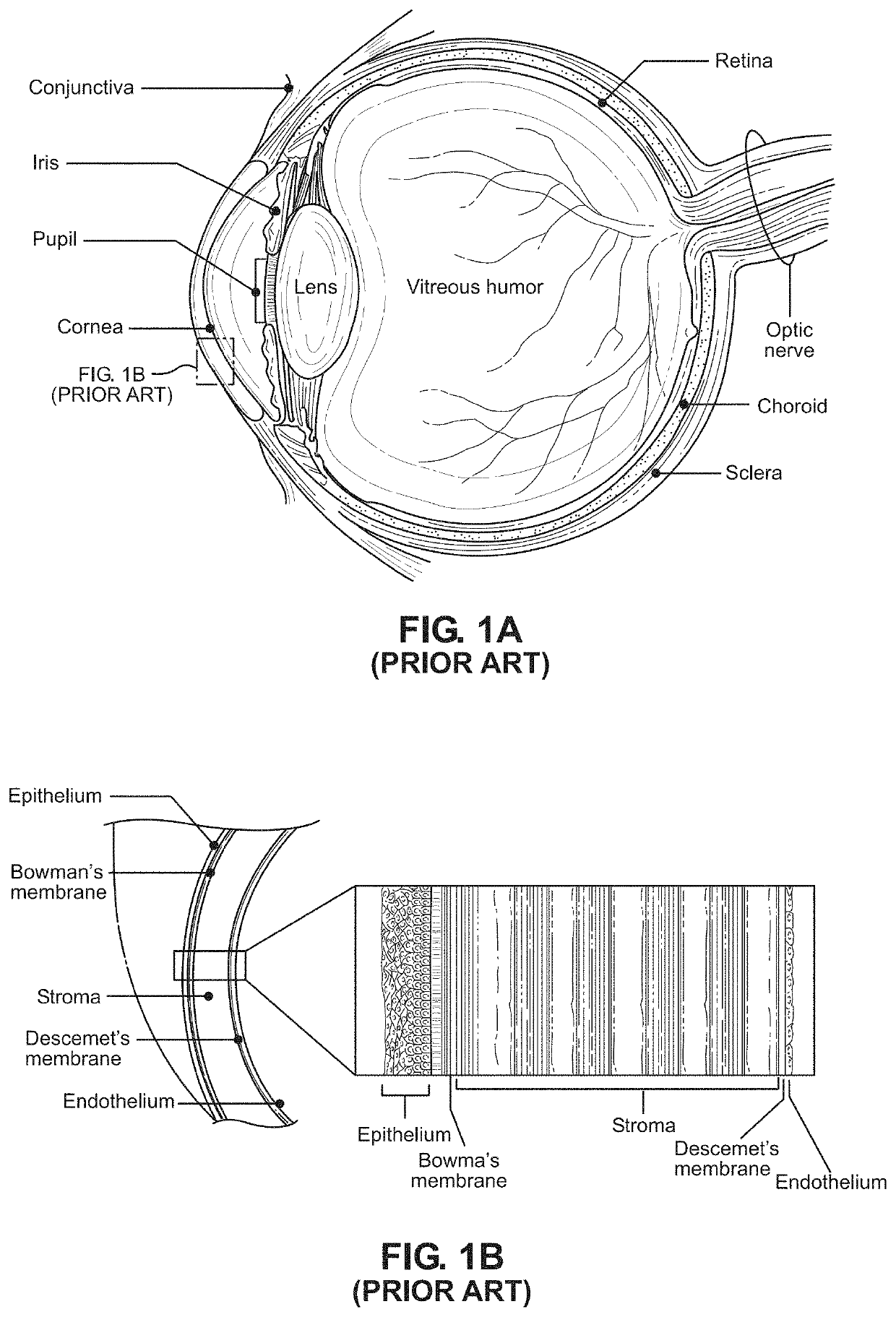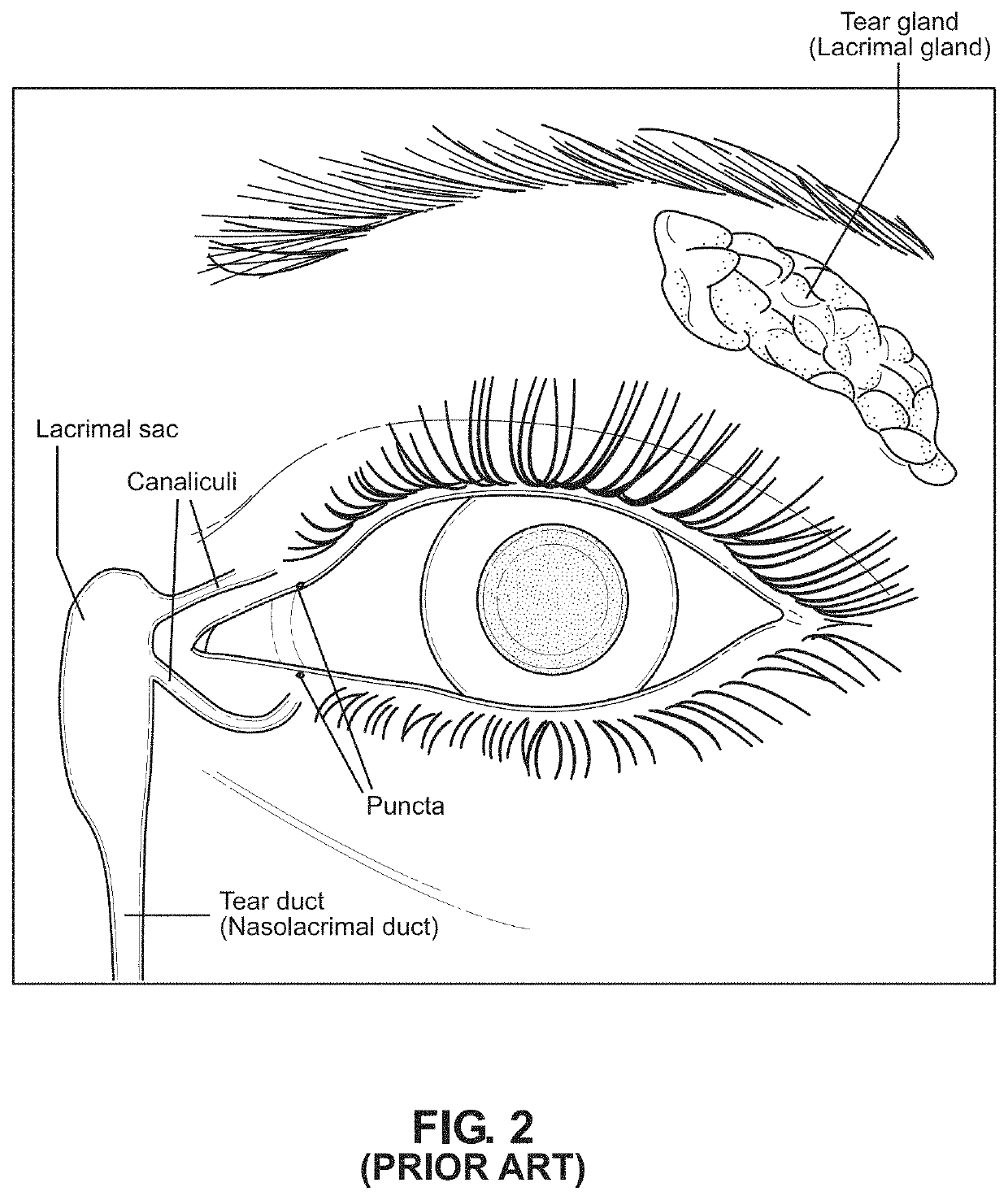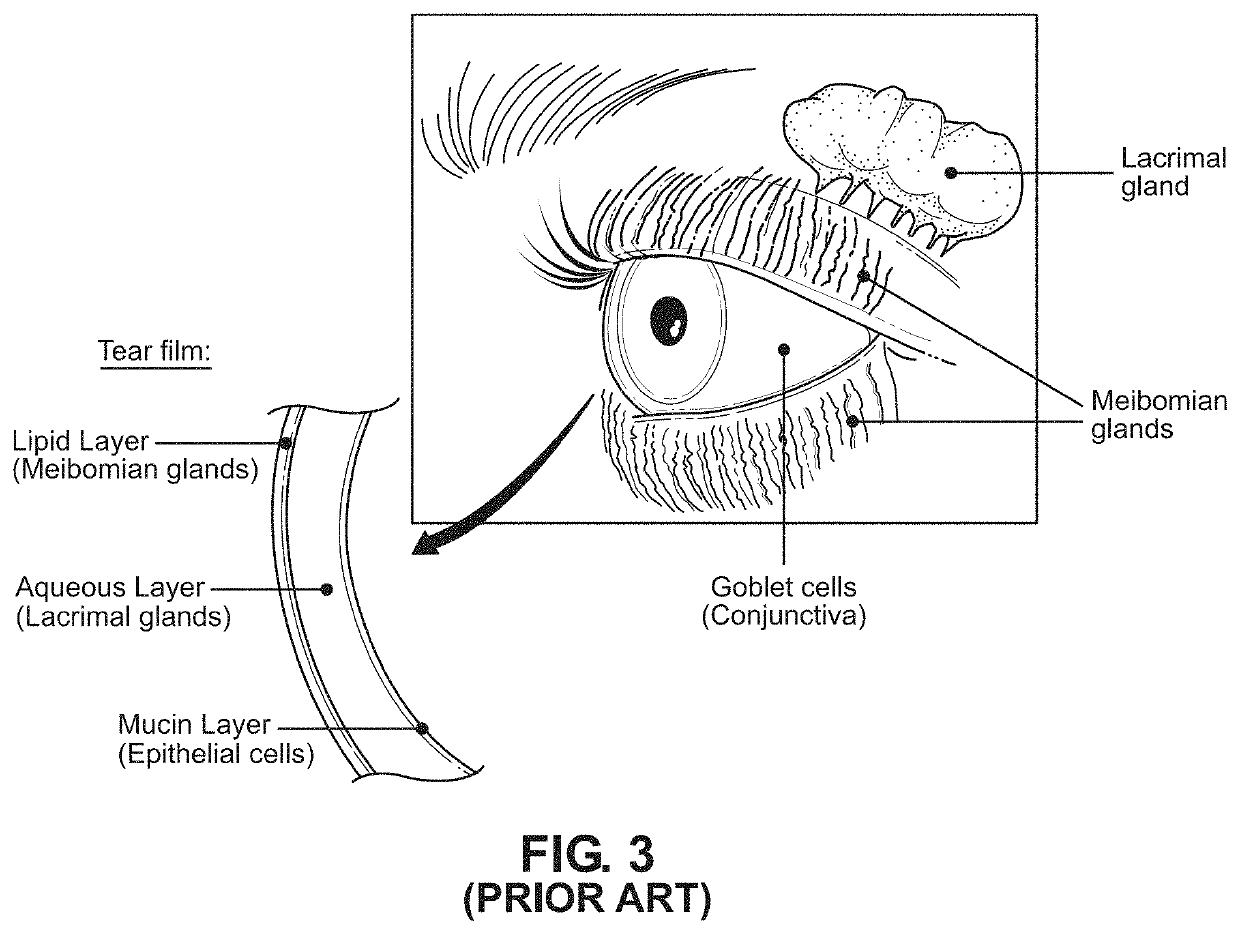Method of and system for automated machine-assisted detection of ocular disease conditions in human eyes captured using visible illumination light sources and digital camera systems
a technology of visible illumination and detection system, applied in the field of automated machine-assisted detection of ocular disease conditions in human eyes captured using visible illumination light source and digital camera system, can solve the problems of rapid evaporation of tear film from the corneal surface, inadequate lubrication of the corneal surface, and difficulty in identifying pure forms of each diseas
- Summary
- Abstract
- Description
- Claims
- Application Information
AI Technical Summary
Benefits of technology
Problems solved by technology
Method used
Image
Examples
Embodiment Construction
[0545]Referring to the figures in the accompanying Drawings, the illustrative embodiments of the system and will be described in great detail, wherein like elements will be indicated using like reference numerals.
Specification of a System Network of the Present Invention Deploying the Mobile Ophthalmic Image Capturing and Processing System of the Present Invention Adapted for Automated Machine-Assisted Recognition of Dry Eye Disease and Other Anterior Eye Segment Diseases, Prescription of Treatment, and Assessment of Treatment Response
[0546]FIG. 7 shows the mobile ophthalmic image capturing and processing system of the present invention 10 adapted for automated machine-assisted recognition of dry eye disease and other anterior eye segment diseases, prescription of treatment, and assessment of treatment response. As shown, the system network 10 comprises: (i) smartphone mobile image capturing systems 11 for use by patients and users whose eyes are to be monitored and care for using t...
PUM
 Login to View More
Login to View More Abstract
Description
Claims
Application Information
 Login to View More
Login to View More - R&D Engineer
- R&D Manager
- IP Professional
- Industry Leading Data Capabilities
- Powerful AI technology
- Patent DNA Extraction
Browse by: Latest US Patents, China's latest patents, Technical Efficacy Thesaurus, Application Domain, Technology Topic, Popular Technical Reports.
© 2024 PatSnap. All rights reserved.Legal|Privacy policy|Modern Slavery Act Transparency Statement|Sitemap|About US| Contact US: help@patsnap.com










